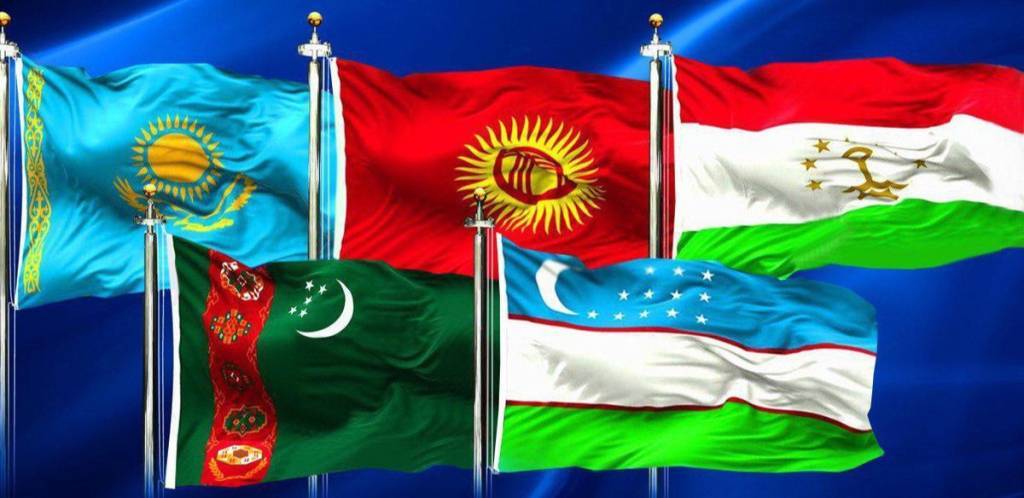WNAM REPORT: Due to its strategic location, rich natural resources, and cultural diversity, Central Asia occupies an important place in global economic and political development. The integration process in the region is essential not only for the financial, but also for the political and social spheres. In this article, we will analyze the benefits of integration for Central Asia and the opportunities in this direction.
Economic Growth and Development
The integration process is a catalyst for increased trade and investment among the region’s countries. The establishment of free economic zones is a pivotal element in this, fostering cooperation and leading to the creation of new jobs, economic growth, and stability in the region. This paves the way for the free exchange of goods and services, boosts trade volume, and makes the region more attractive for investment. It also enhances the prospects for enterprises entering the regional market, painting a promising picture of economic growth and development.
Unification will undoubtedly make healthcare, education, and other services more accessible to our people. According to experts, a free trade territory should be established among the region’s countries. But what’s crucial for creating a favorable investment environment? The key lies in reducing taxes, streamlining the paperwork process, and creating conditions that encourage investment.
When diversifying production, the focus is not only on natural resources but also on other areas, such as processing, technological development, and service provision. For the successful implementation of this process, it is advisable to carry out joint actions in training qualified personnel, infrastructure development, and adaptation to climate change.
Efficient Use of Energy Resources
Central Asia’s wealth in gas and oil is a significant asset. Integration opens the door for joint management and export of these resources. For instance, the collaboration between Uzbekistan and Kazakhstan in the energy sector will not only bolster energy security in the region but also ensure diversification, enhance integration with the global market, and create ample opportunities for the efficient use of energy resources.
The partnership will create an opportunity for more efficient energy system development, joint resource management, and joint extraction and processing in the region. As a result, energy security in the region will be strengthened, and prices will be stabilized.
The unification of the energy industry will facilitate the delivery of resources and their efficient use, reduce losses, and lower prices. Integration will also contribute to the creation of new energy sources, such as solar and wind energy.
Development of Transport and Logistics Infrastructure
Central Asia is located on the trade route between Europe and Asia. Integration along this route involves the development of transport and logistics infrastructure. The region’s transport network is being modernized within the framework of the Belt and Road Initiative. This process strengthens trade and economic ties and deepens integration.
There is an opinion that the region’s geographical location can serve the development of the trade route between China and Europe. Accelerated and cheap transportation of goods has become an issue on the agenda today. A well-developed transport and logistics system is an essential factor in attracting investment.
An important issue is road and rail infrastructure. Accelerated and high-quality transportation of goods is inextricably linked with the road. Improving the air transport infrastructure and building new and modernizing existing airports is necessary. As a result, a broader attraction of tourists to the region and an increase in the volume of international trade will be achieved.
Building logistics centers is necessary to ensure the storage and distribution of goods. In other words, the integration of the Central Asian countries will ensure the development of transport and logistics infrastructure.
Political Stability and Security
Integration is an essential means and the right solution to ensure regional political stability. Cooperation between states allows us to solve regional problems jointly. For example, cooperation in the fight against terrorism, drug addiction, and other threats will strengthen regional security.
Scientists argue that integration helps resolve border conflicts and demarcate borders, increasing the effectiveness of the fight against transnational crime.
Development of Cultural and Social Ties
Cultural and social cooperation through exchange between peoples, mutual understanding and strengthening of friendship ensures stability in the region.
Integration strengthens and supports the region’s peoples’ shared history, cultures, traditions, and values .
The development of cooperation in art, music, literature, and other areas lays the foundation for the tourism chain. It is also important to establish cooperation in education and science, that is, to organize the exchange of students and teachers and conduct joint research and scientific conferences.
In general, integration gives Central Asia many advantages in the economic, political, social, and cultural spheres. Strengthening cooperation between the region’s countries is a necessary step towards stimulating trade and economic growth, efficient use of energy resources, development of transport infrastructure, and ensuring political stability. This process ensures the region’s competitiveness and sustainability on a global scale.

